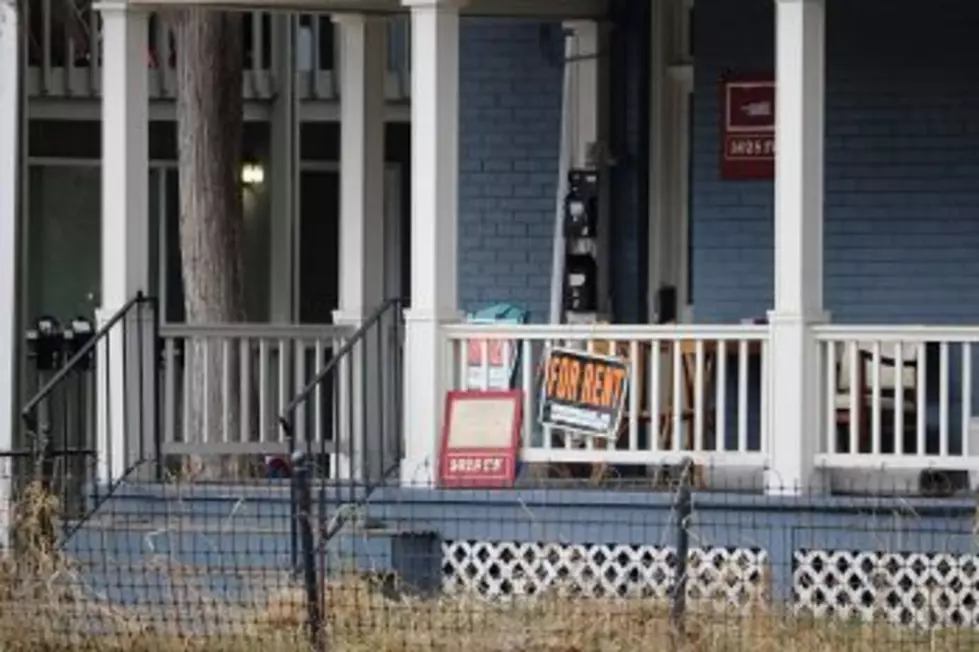
City of Missoula to finalize housing plan for HUD detailing needs and goals
More than half of Missoula residents surveyed in a needs assessment last fall identified housing costs as a financial burden, be it a renter or a homeowner.
A parallel market analysis found that Missoula's median rent had increased nearly 18 percent since 2013 while the median price of a home climbed 6.5 percent.
If you go back to 2000 to 2013, the price jumps were greater, at 43 percent and 86 percent respectively.
“Over the past 10 years, the median home price went from just under $208,000 to $290,000 from 2009 to 2018,” said Colin Woodrow. “Today, the median family income needed to purchase a median-priced home is over $95,000, while the median family income is just over $73,000.”
This week, Woodrow and Eran Pehan with the city's office of Housing and Community Development presented the makings of the city's new consolidated plan for HUD-funded programs to members of the City Council.
The council adopted the draft on a unanimous vote, sending it to a public hearing set for July. From there, the city will submit the plan to the U.S Department of Housing and Urban Development, which uses the data to track needs and allocate funding.
“It's designed to help states and local jurisdictions assess their affordable housing and community development needs and market conditions, and to make data-driven decisions,” said Pehan. “The consolidated plan is updated every five years and describes our community's priorities and goals.”
According to the needs analysis conducted by the city and its partners, 51 percent of residents identified housing costs as a burden at greater than 50 percent of income, while 41 percent said the same with costs greater than 30 percent of income.
The city also conducted an analysis of the current housing market, which found that 51 percent of the city's housing stock is consider a traditional house while the rest is a mobile home or multiple units.
“Nearly half of the housing units in Missoula are not single-unit detached structures,” said Woodrow. “So duplexes, fourplexes, multifamily apartment complexes and trailer parks make up nearly half the housing stock in Missoula.”
The study also found a growing need for housing support, with 2,086 households on the waiting listing for subsidized housing. The Missoula Housing Authority is currently allocated 1,816 Section 8 vouchers.
Housing advocates have said it's not enough to meet demand.
“As evidenced by the number of individuals and families on the waiting list for public housing, demand far exceeds supply of these federal resources,” said Woodrow. “As funding from federal and state resources become scarcer, partners with the city and county and various nonprofits and development agencies are an important strategy to build and rehabilitate subsidized units.”
Those efforts have taken significant strides in recent weeks, including an agreement between the city and county, a developer and several nonprofits to build 202 units of permanently affordable housing on two parcels in Missoula.
The same developer – Blueline Development – is also working with Homeword to construct 200 units of affordable housing at the Vallagio on Scott Street. While the two units will bring more than 400 units onto the market, Pehan said this week that the city has identified a need for 600 units in the next five years.
The city has directed more than $1 million in federal funding to the Vallagio project, including a recent $350,000 Home investment loan.
“It's the largest affordable housing project in Montana state history in terms of Low Income Housing Tax Credits,” Pehan said.
Based upon recent studies, the city has identified four goals to alleviate Missoula's housing challenges, including preservation of current rental housing and lowering challenges faced by developers when building new rentals.
It also looks to invest in capital or public service projects to make homelessness “rare, brief, and one-time only,” and it aims to create more opportunities for home ownership. Many of the strategies were detail in the city's new housing policy, also released this month.
“The population requiring the most housing assistance in Missoula is non-family households (earning) between 0 and 50 percent of the area median income,” said Woodrow. “Those in non-family single households are having the most difficulty obtaining housing, retaining housing, and making rent or mortgage payments.”
